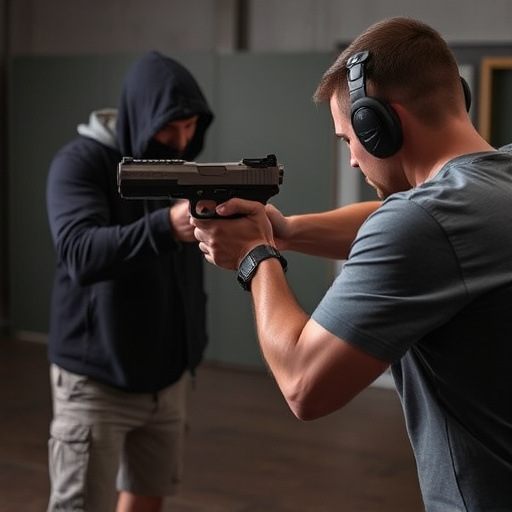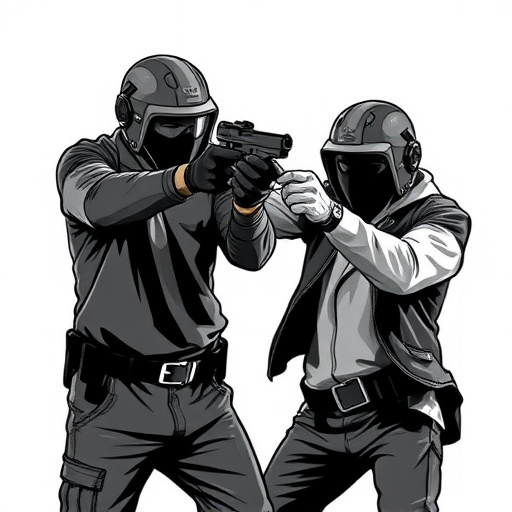When selecting a handheld electrical self-defense weapon (stun gun), consider price range, power output in joules, weight/size, durability, and water resistance. Higher voltage indicates stronger power but also raises safety concerns, so balance these factors with built-in safety features like automatic shut-off. Within the price range for quality stun guns, choose based on your needs: cheaper models for minimal harm or pricier ones for robust defense, always adhering to local legal restrictions.
“In today’s world, personal safety is a top priority, leading many to consider handheld electrical self-defense weapons as a credible option. This comprehensive guide aims to demystify your choice by offering an in-depth comparison of various models. From power and range to safety features, portability, and durability, we’ll navigate the key factors that define these devices. Additionally, we delve into the price range for quality stun guns, providing insights on budget-friendly, mid-range, and high-end options, ensuring you make an informed decision tailored to your needs and budget.”
- Factors to Consider When Comparing Handheld Electrical Self-Defense Weapons
- 1. Power and Voltage: Understanding the impact of electrical charge.
Factors to Consider When Comparing Handheld Electrical Self-Defense Weapons

When comparing handheld electrical self-defense weapons, often referred to as stun guns, several key factors come into play. First and foremost, consider the price range for quality stun guns. While cost is not an indicator of effectiveness, it does reflect the overall build quality, features, and safety mechanisms. Higher-priced models tend to offer more advanced safety switches, longer battery life, and possibly additional features like LED lights or body-worn alarms.
Another critical aspect is the power output measured in joules. This determines the stun gun’s effectiveness in incapacitating an attacker. Higher joule ratings generally mean a stronger stun, but it’s essential to balance this with comfort during use and legal restrictions in your region. Additionally, weight and size matter for portability and ease of carry. You should also assess durability and water resistance, as these factors ensure the stun gun can withstand everyday wear and tear and adverse weather conditions.
1. Power and Voltage: Understanding the impact of electrical charge.

The power and voltage of a handheld electrical self-defense weapon, often referred to as a stun gun, are key factors in its effectiveness. A higher voltage typically delivers a more powerful electric shock, capable of temporarily incapacitating an attacker. However, this comes with implications; extremely high voltages can pose safety risks and may be illegal in certain jurisdictions, dictating the importance of choosing a device within your region’s legal limits.
Within the price range for quality stun guns, you’ll find a variety of options catering to different power levels. Cheaper models might offer lower voltage settings suitable for personal defense without causing severe harm, while more expensive devices can deliver higher voltages designed to stop an attacker in their tracks. Always consider the balance between power and safety features like automatic shut-off mechanisms to ensure responsible use.
When comparing handheld electrical self-defense weapons, particularly stun guns, it’s clear that considering power and voltage is a crucial factor. The right device within your desired price range for quality stun guns should offer a powerful yet controlled electric shock to disable an attacker temporarily. Keep in mind the various features, brand reputation, and user reviews to make an informed decision, ensuring you’re prepared and confident in any situation.
